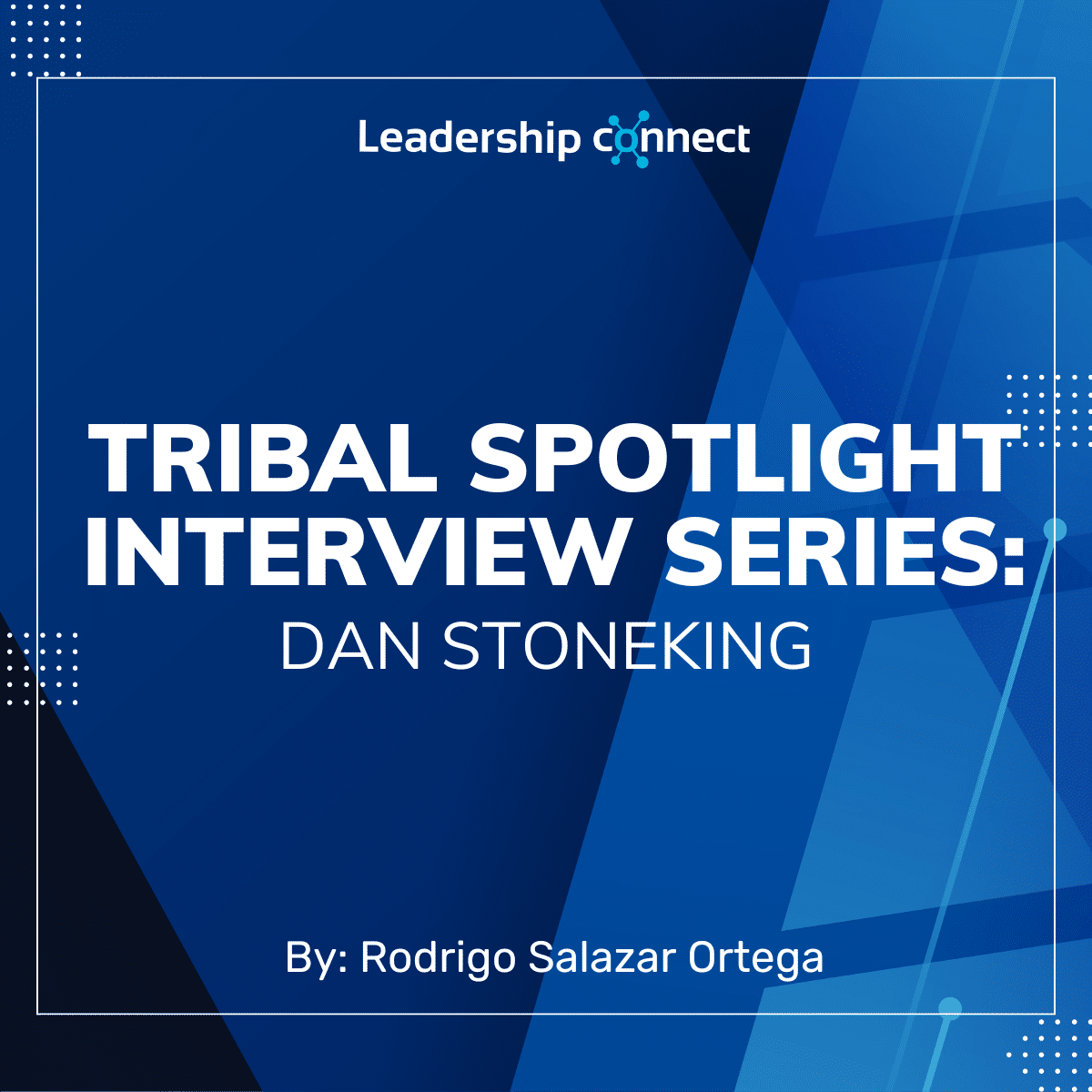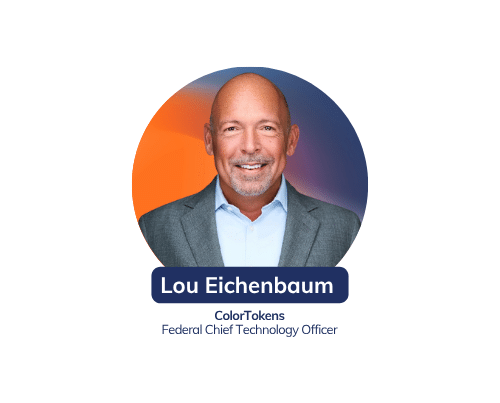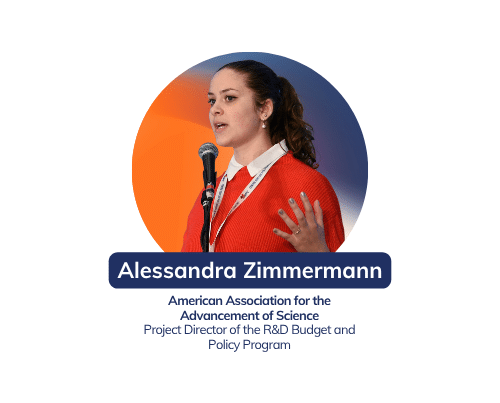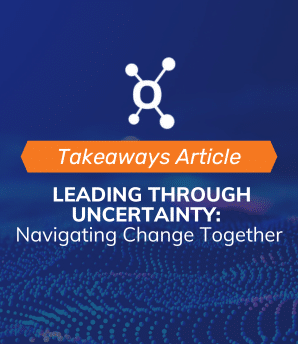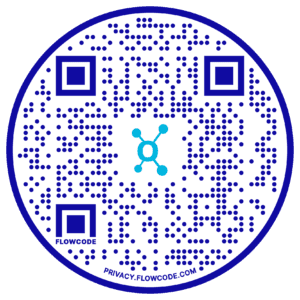I had the opportunity to speak with Dan Stoneking about his illustrious career at FEMA and his experience with regional Tribal Government Relations. We expanded on the lessons he has learned and what he is taking with him as Founder and President of the Emergency Management External Affairs Association (EMEAA).
Can you tell me about your career path that has led you to where you are now?
I started my career as a soldier in the U.S. Army. What a lot of people don’t know is how much the military is involved in helping with natural disasters and when Hurricane Katrina happened, I was deployed. In that deployment, I started meeting people from FEMA and I decided that is what I wanted to do. When I retired from the army in 2008, I went to FEMA where I learned a lot about the different stakeholders we supported. In 2012 I became the director of external affairs for FEMA Region 3 and Tribal relations became a part of our portfolio. It is at this regional level that I worked with Tribal Nations and that’s how I got into emergency management. After retiring from FEMA, I wrote a book on crisis communications and became a professor teaching public speaking. Then I realized something was missing. I realized there were a lot of tools for broad PR firms without dealing with emergency management. I founded the Emergency Management External Affairs Association (EMEAA) to interact with stakeholders at all levels. One of our 9 board of directors is a tribal liaison who will be focused on this area.
How did you become passionate about the intersection of tech, government, and tribal communities, and how do you stay informed and engaged in those areas?
A lot of people don’t know the resources available to the federally recognized Tribes through FEMA. Grants, mitigation, and other large-scale programs like Ready.gov are owned and managed by FEMA. Preparedness has a whole set of resources dedicated to Tribal Nations and a lot has changed since 2012. Most of my time had been spent in education and collaboration looking to connect people to resources. At the regional level, I had a bigger opportunity to engage with tribal members to give them training on response, recovery, individual assistance, and preparedness. It was always a feedback look of learning what was working and what wasn’t. Then COVID came. All the Tribes in Region 3 were located close together so we set up a COVID vaccination center for tribes collaborating with them for logistics, resources, transportation, and execution. That collaboration is what made me passionate about the work I got to do.
What do you believe sets Tribal Government Relations apart as a unique work environment, and how do you navigate its challenges in your everyday work?
The hardest part is the extensive education required to understand sovereignty, respect, and dignity going into honoring Tribes for who they are. Learning cultural sensitivity and understanding. We are working with state, local, and Tribal organizations, not just state and local and there is training to be a value-adding liaison. We have almost all regional tribal liaisons who are tribal members or have gone through formal and extensive training to understand cultural relationships and the resources. To continue navigate these challenges, we must develop a national strategy with and for Tribal nations working together.
Describe a challenging or rewarding project that significantly influenced your growth as a professional. How did you handle the challenge, and what did you learn from the experience?
One of the things I found frustrating is that everything is evolutionary. As we started building relationships and programs, we realized that FEMA grants have been around for 30 to 40 years written to address the needs of state and local governments. They don’t always apply to tribes. It is sometimes for the benefit of Tribes to apply through the state and sometimes it is not. It is important to take sensitivities of that. The second challenge is that the smaller tribes are more disadvantaged than the bigger tribes. They have a lack of people, time, and resources to dedicate to FEMA and other government resources. There is a huge distinction between different sizes of Tribal Nations. The people who join FEMA are people who want to help others in the hardest days of their lives; however, any government is limited in what they can do. At EMEAA we can skip all the red tape and advocate for federally and non-federally recognized tribes. The way to do that is collaborate deeply with Tribes to write advocacy and policy papers and help government understand how to provide better opportunities.
What advice would you give to someone navigating how to bridge the gap between traditional practices and modern governance structures?
Assume positive intent. Any two groups of people with different cultures and backgrounds can start on the wrong foot assuming the other group does not have their best in mind. I learned a lot by sitting down for a long time and listening to what Tribal members had to say. The second thing is focusing on collaboration. A lot of policies that are well intended are written without stakeholder collaboration. The government by nature is bureaucratic and the goal is to cut through that. There are three keys to relationships. At any given time both parties have needs and everybody has capabilities. Focusing on one of those two is a mistake because only looking at needs is condescending and centering attention on capabilities can lead to taking advantage of resources. Relationships need to be effective through two–way or three-way communications. The third key is having an opportunity to bring other parties to find the best solutions.
Word Association, what is the first word that comes to mind for each of there?
- Policy – Potential
- Networking – Essential
- Communications – The pathway to a better day
- Leadership Connect – Empowering leaders to better serve others


